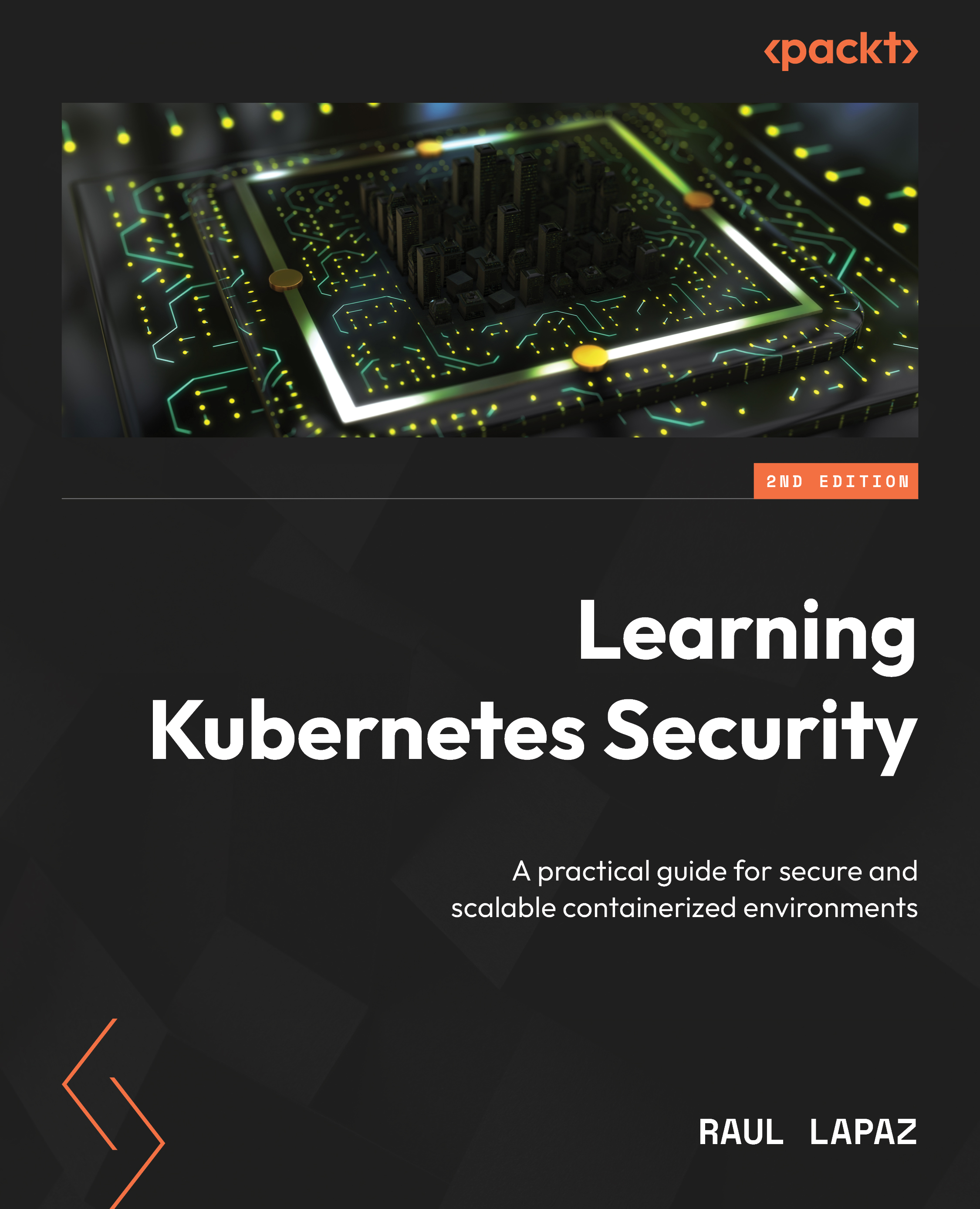Overview of the Kubernetes network model
Applications running on a Kubernetes cluster are supposed to be accessible either internally from the cluster or externally, from outside the cluster. The implication from the network’s perspective is there may be a Uniform Resource Identifier (URI) or Internet Protocol (IP) address associated with the application. Multiple applications can run on the same Kubernetes worker node, but how can they expose themselves without conflicting with each other? Let’s look at this problem together and dive into the Kubernetes network model.
Port-sharing problems
Traditionally, if there are two different applications running on the same machine, they cannot listen on the same port. If they both try to listen on the same port in the same machine, one application will not launch as the port is in use. This occurs because the network stack prevents multiple applications from using the same IP and port simultaneously. A simple illustration...

































































